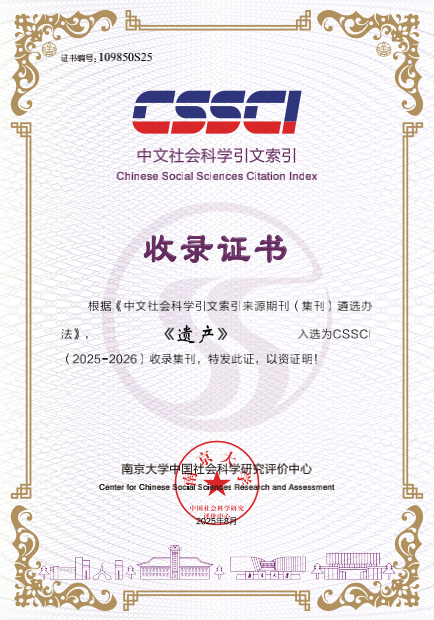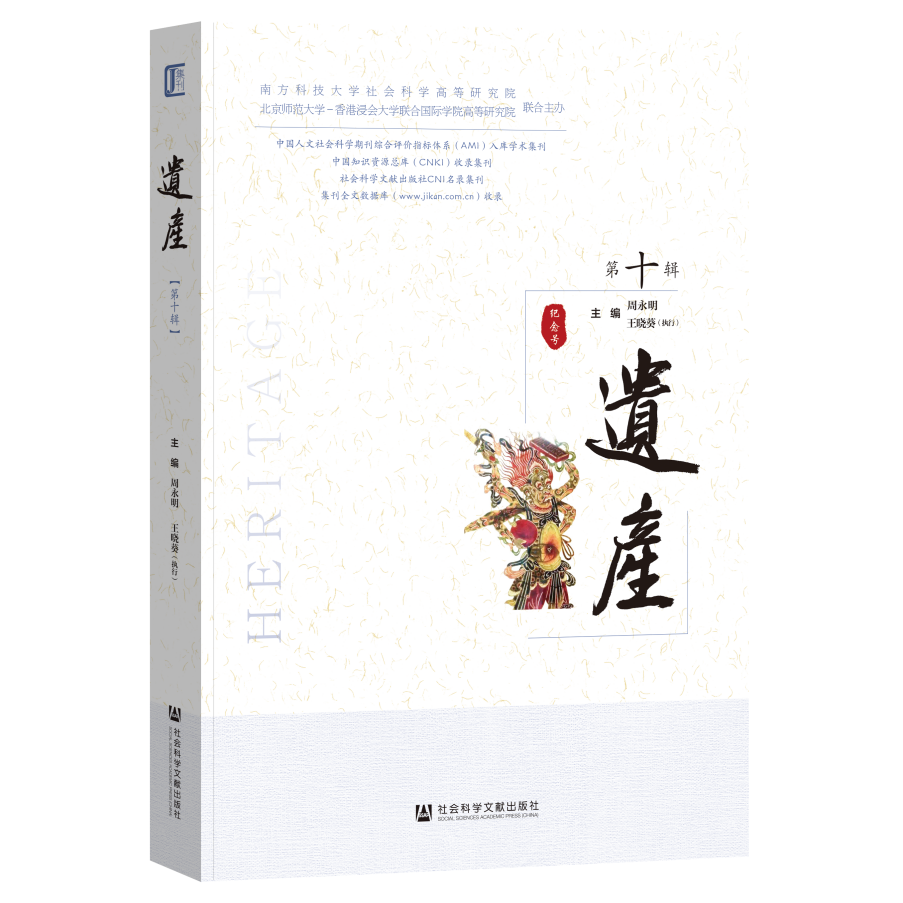The Chinese Social Science Research Evaluation Center at Nanjing University recently announced the list of source journals and collected volumes for the Chinese Social Sciences Citation Index (CSSCI) for 2025–2026.
Heritage, an academic volume founded by the Center for Social Sciences and the Institute for Advanced Studies in Social Sciences at the Southern University of Science and Technology (SUSTech), was selected for inclusion. This recognition marks the journal’s academic quality and influence, placing it among China’s leading humanities and social sciences collected volumes.

The CSSCI—known in China as the “C Journal”—is one of the most authoritative and influential evaluation systems in the social sciences. The inclusion of Heritage marks SUSTech’s first core journal in the humanities and social sciences, an important milestone for the University’s liberal arts development.
It is only the second social sciences C Journal published in Shenzhen, representing a boost to academic research across the Greater Bay Area (GBA). Reaching this level within five years demonstrates the “Shenzhen speed” in developing a high-level academic publication and offers valuable experience for the broader academic community.

Launched in June 2019, Heritage is an interdisciplinary, peer-reviewed journal. It publishes two issues annually and has released 11 issues to date, featuring 189 articles. Its editorial mission reflects one of SUSTech’s key social sciences priorities—cultural heritage research—providing a high-quality, innovative platform for interdisciplinary and multi-faceted studies.
In 2024, the Center for Social Sciences at SUSTech partnered with Beijing Normal-Hong Kong Baptist University (BNBU) to jointly publish Heritage, further strengthening its publishing capabilities.
Heritage has achieved notable milestones. Within three years, it was listed in the “2022 Annual Index of Chinese Humanities and Social Sciences Academic Collected Volumes (AMI).” It has also been included for four consecutive years (2021–2025) in the “CNI Directory of Collected Volumes” by the Social Sciences Academic Press; and in its fifth year, it was selected from among 1,159 collected volumes for China National Knowledge Infrastructure’s (CNKI) “2024 High-Impact Academic Collected Volumes” in the archaeology and museology category—ranking third nationwide with an impact factor of 4.719.
The inclusion of Heritage in the CSSCI (2025–2026) collected volumes is a testament to the joint efforts of the editorial team, authors, and readers. This recognition not only enhances the journal’s profile but also strengthens its position as a leading platform for cultural heritage research in China and beyond.
Proofread ByYilin ZHOU
Photo ByCenter for Social Sciences